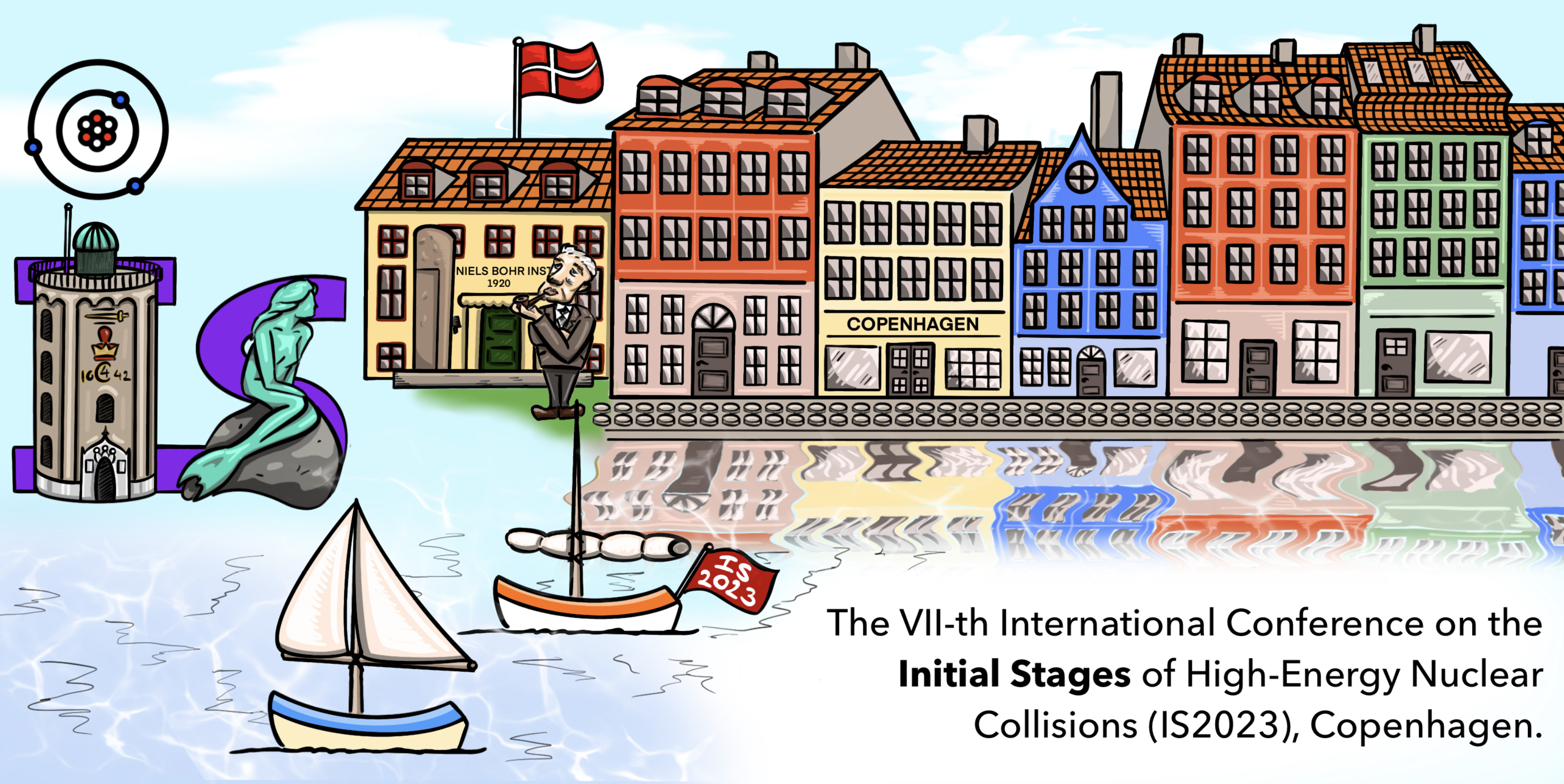Speaker
Description
One of the main challenges in the theory of heavy ion collisions is understanding how an initial state of two highly Lorentz-contracted nuclei acquires the features of a hydrodynamic plasma in a characteristic time of 1 fm/c. Arguably, the most successful descriptions of this out-of-equilibrium stage have been established by seeking and finding so-called “attractor” solutions in the various (simplified) theories that attempt to capture the out-of-equilibrium dynamics of QCD. These attractors are characterized by a loss of sensitivity to the initial conditions, which is achieved because the system is dynamically driven to a preferred “attractor surface” in the phase space of the theory, often well before hydrodynamization.
In this context, the adiabatic hydrodynamization framework [1,2] presents itself as a promising candidate to describe and characterize attractors in a model-independent formulation. In principle, all that needs to be done is to establish the dominance of an effective ground state in the dynamics of the system. This was done analytically in [2] for the first stage of the bottom-up thermalization scenario [3], demonstrating a dynamically effected reduction in the number of active degrees of freedom much earlier than the hydrodynamic regime. A key observation made in [2] was the fact that such effective ground states may require a time-dependent change of coordinates for their dominance to be manifest. Ultimately, such a change of coordinates is one of the defining characteristics of the sought attractor solution, and therefore it becomes imperative to define a procedure to find the “optimal” coordinate transformation for a given theory. In this talk, we will lay out a candidate for such a procedure [4] and will consider the example of collision-driven dynamics in the kinetic theory of a dilute gluon gas to demonstrate the effectiveness of this method to describe attractor solutions. Understanding this simplified example will lay out the path to explore more realistic descriptions of the expanding QGP, including transverse expansion.
[1] J. Brewer, L. Yan, Y. Yin, Phys.Lett.B 816 (2021) 136189
[2] J. Brewer, B. Scheihing-Hitschfeld, Y. Yin, JHEP 05 (2022) 145
[3] R. Baier, A.H. Mueller, D. Schiff and D.T. Son, Phys. Lett. B 502 (2001) 51
[4] K. Rajagopal, B. Scheihing-Hitschfeld, R. Steinhorst, in preparation
| What kind of work does this abstract pertain to? | Theoretical |
|---|---|
| Which experiment is this abstract related to? | Other |
